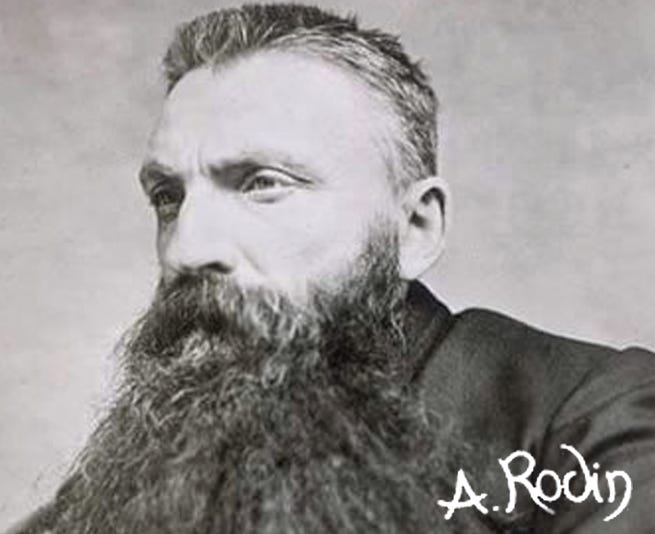Auguste Rodin Eternal Springtime (c. 1884) - Bronze Finish
Description
This expressive Auguste Rodin Eternal Springtime (c. 1884) rapidly became one of Rodin's most popular works and a variety of bronze and marble versions were created. Rodin probably designed the image for his famous Gates of Hell which explains the frontal composition. The lovers exude the joy Rodin experienced during the first years of his relationship with Camille Claudel as does the renowned sculpture The Kiss. The commission for his notorious work the Gates of Hell occupied the sculptor for two decades, intended to serve as a pair of doors for a planned Museum of Decorative Arts in Paris. Rodin worked on the project for 20 years, but the museum was never built. It was not until after the sculptor's death that others cast his still unfinished work in bronze. The governmental commision allowed Rodin to choose his own subject. He selected the gates of hell, based on Dante's Inferno and Charles Baudelaire's Les Fleurs du Mal. Originally inspired by Lorenzo Ghiberti's Gates of Paradise, which he had seen in Florence, Rodin quickly abandoned the idea of a series of framed narrative panels and decided instead to cover each of the doors with a continuous writhing mass of tormented men and women, sinners condemned to Dante's second circle of Hell for their lust. More details on Auguste Rodin Eternal Springtime (c. 1884) - Bronze Finish:
Details
- Dimensions: 6.75 in H x 4.5 in W x 5 in D
- Weight: 1.6 lbs
- Materials: Resin, bronze finish.
- Original: Rodin, Auguste. Eternal Springtime. c. 1884. Bronze. H. 64,5 cm ; W. 58 cm ; D. 44,5 cm. Musée Rodin.



















